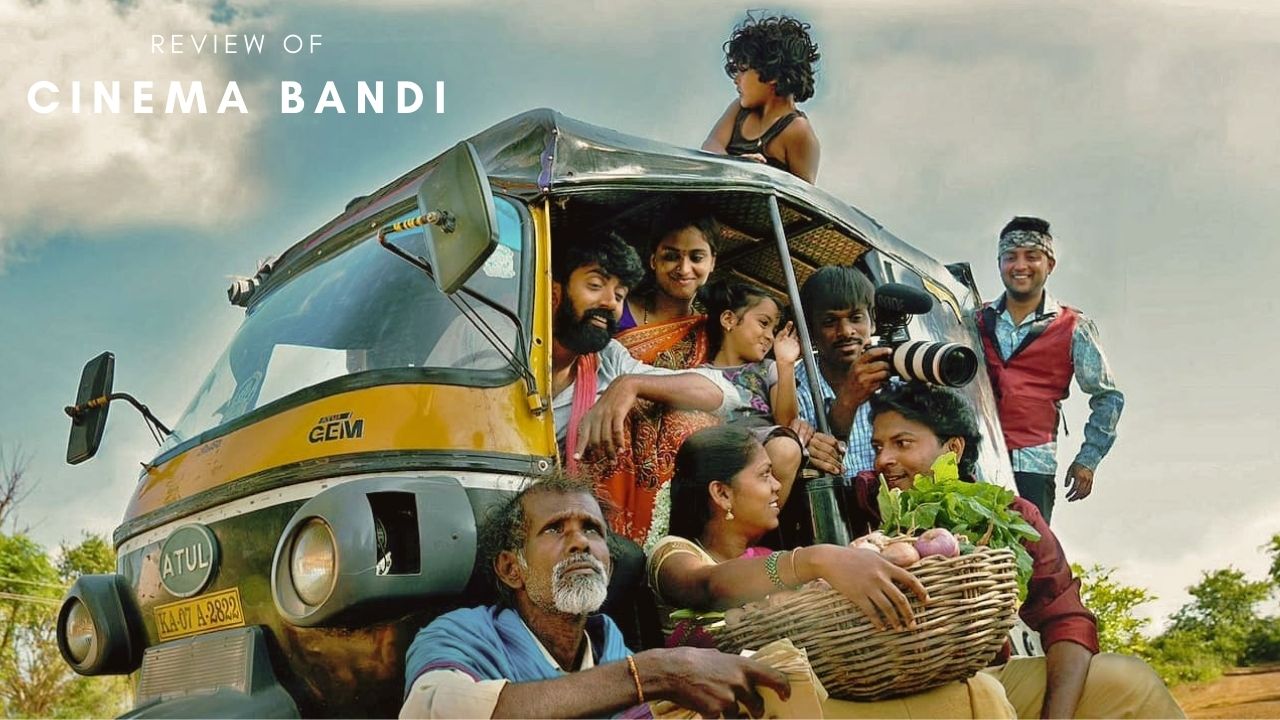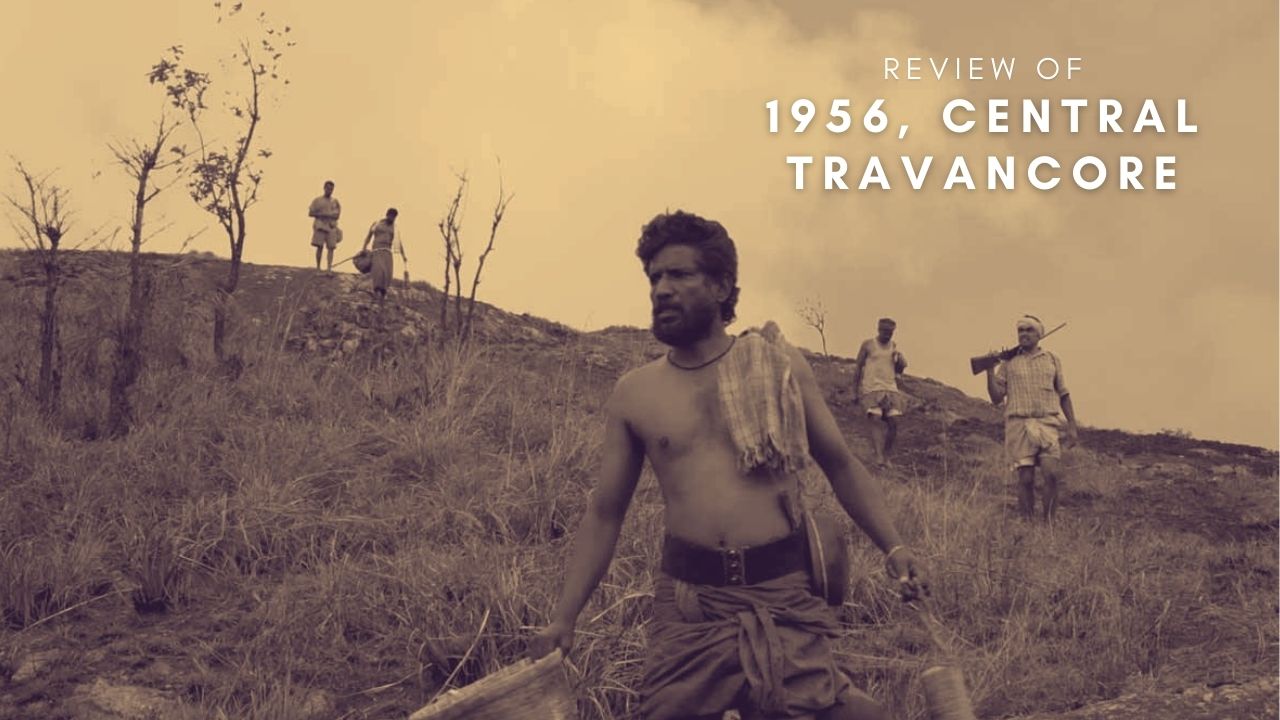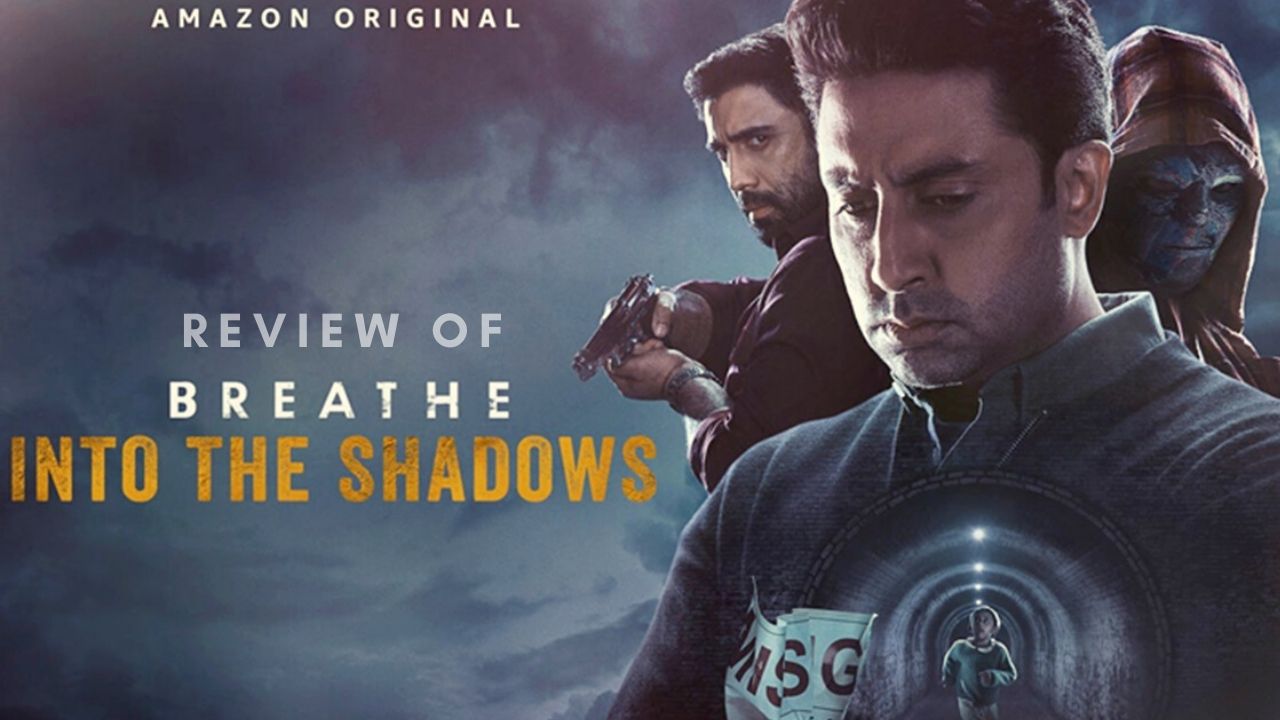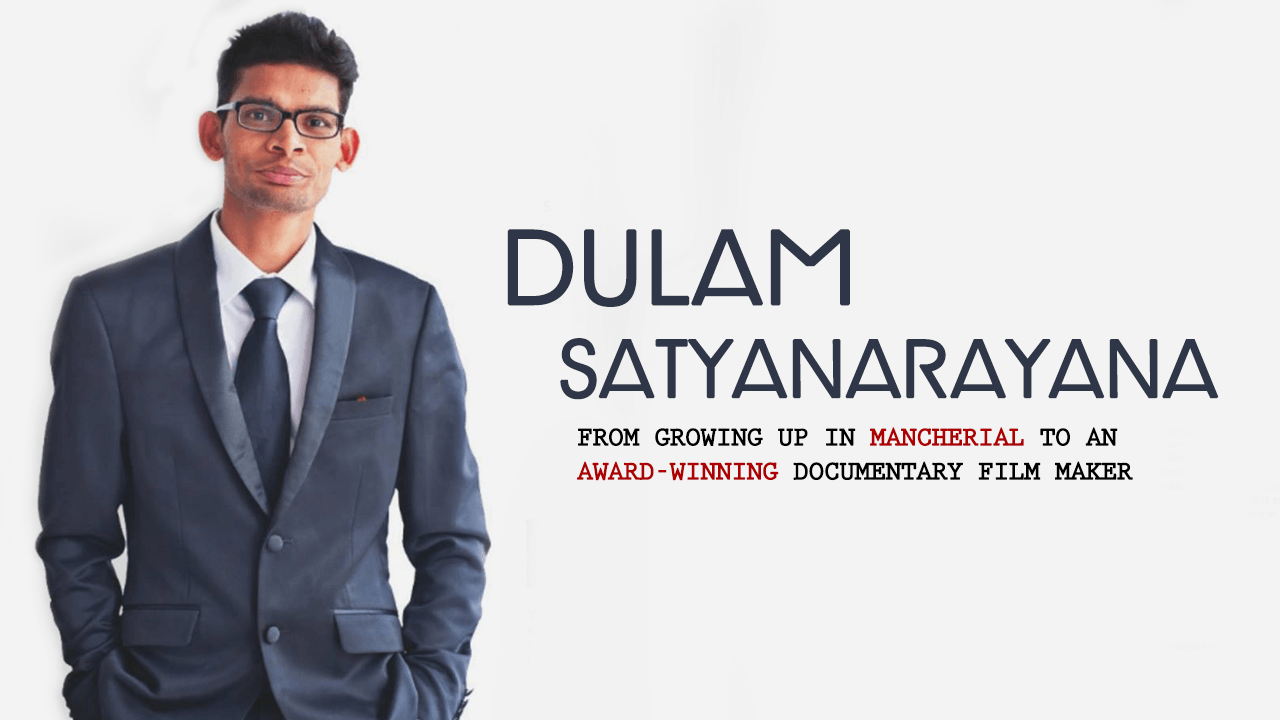
When I asked my friend, ‘Dude, do you know Dulam Satyanarayana?’ He said, ‘No dude!’ I then showed him the (below) video and asked, ‘NOW, do you know him?’
With his eyes lit immediately, he said, ‘YES! It’s amazing! I never knew there is so much in Telangana. Is he the guy who shot it?’
‘Well, literally he didn’t shoot it, it was by his team, but those Tourism films were made by Dulam Satyanarayana.’
For most of us (including me) who have not delved much into documentary filmmaking, this is the closest reference we can get in knowing this self-made man, Dulam Satyanarayana. BUT, WAIT! This isn’t the only thing that defines him. There is a lot more to this amazing person, who grew up from a lower-middle-class family in Mancherial to an award-winning documentary filmmaker today. Recently he had the privilege of serving as one of the Jury members for the ART & TUR – International Tourism Film Festival, Portugal.
We see him now as a renowned documentary filmmaker but the journey of Dulam Satyanarayana started way back in 2007 when he went to Chennai for graduation in Visual Effects. He credits all those initial days of knowledge he procured regarding world cinema to the ‘Burma Market’ in Chennai. He had the access to all sorts of movies at a price that is middle-class bachelor pocket-friendly. After a roller coaster of a journey in this field, he now heads a team of 8-9 passionate filmmakers and is expanding himself as a filmmaker. He will soon be making his feature debut as a director with the highly acclaimed novel ‘Athadu Adavini Jayinchadu’ by Dr Kesava Reddy.
The best way we thought of bringing out his inspiring story was through hearing it in his own words. The moment we approached him, with a calm and composed self, he more than obliged to talk to us. It never seemed like we were talking to a man who made some remarkable statements, with his documentaries like ‘Dreadful Fate’ and ‘I am Satyabhama’.
Hi Satyanarayana, it’s been a privilege to meet you. We at VoxSpace are interested to bring out ‘Stories That Matter’ and we consider your story will definitely inspire many young makers out there. So, here we are!
Oh, that’s lovely! I too have read a few stories by VoxSpace and have been impressed. I don’t want to exaggerate that mine is an inspiring story as I have just followed what my heart always said.
Thank you! That was sweet! So, we know Dulam Satyanarayana as a renowned docu-filmmaker now. But, what’s it that we or maybe most of our readers have no idea about. We don’t want to have an interrogative sort of interview, rather let’s just get talking. And if we have any questions, we’ll shoot in between.
Fair enough! It’s going to be a long session, I guess. So, I was born and brought up in Mancherial, a small town in Adilabad district. After losing my father early in my childhood, it was my mother who raised me with great struggle running a tea stall. Even though I was studying in a Telugu medium school, I used to spend most of my time reading non-fiction books in our district library. On the academics’ side, IIT was my fascination, not because I wanted to pursue engineering, but because I wanted to lead a lifestyle of an IITian. This was the only reason I ended up attempting four times to get into an IIT only to fail every time. And for the middle-class stature, I was in, I had to compromise for a seat with an AIEEE rank in Anna University and by then we had to sell our house which we just built a few years back.
Days, weeks and months passed by when I gradually started to feel a vacuum in spite of getting a seat in a reputed University. That was the time when I found a Bachelors course in multimedia which caught my attention. While studying the visual effects course at Image College of Arts, Animation and Technology (ICAT), without my conscience, I immersed myself in a pool of movies.
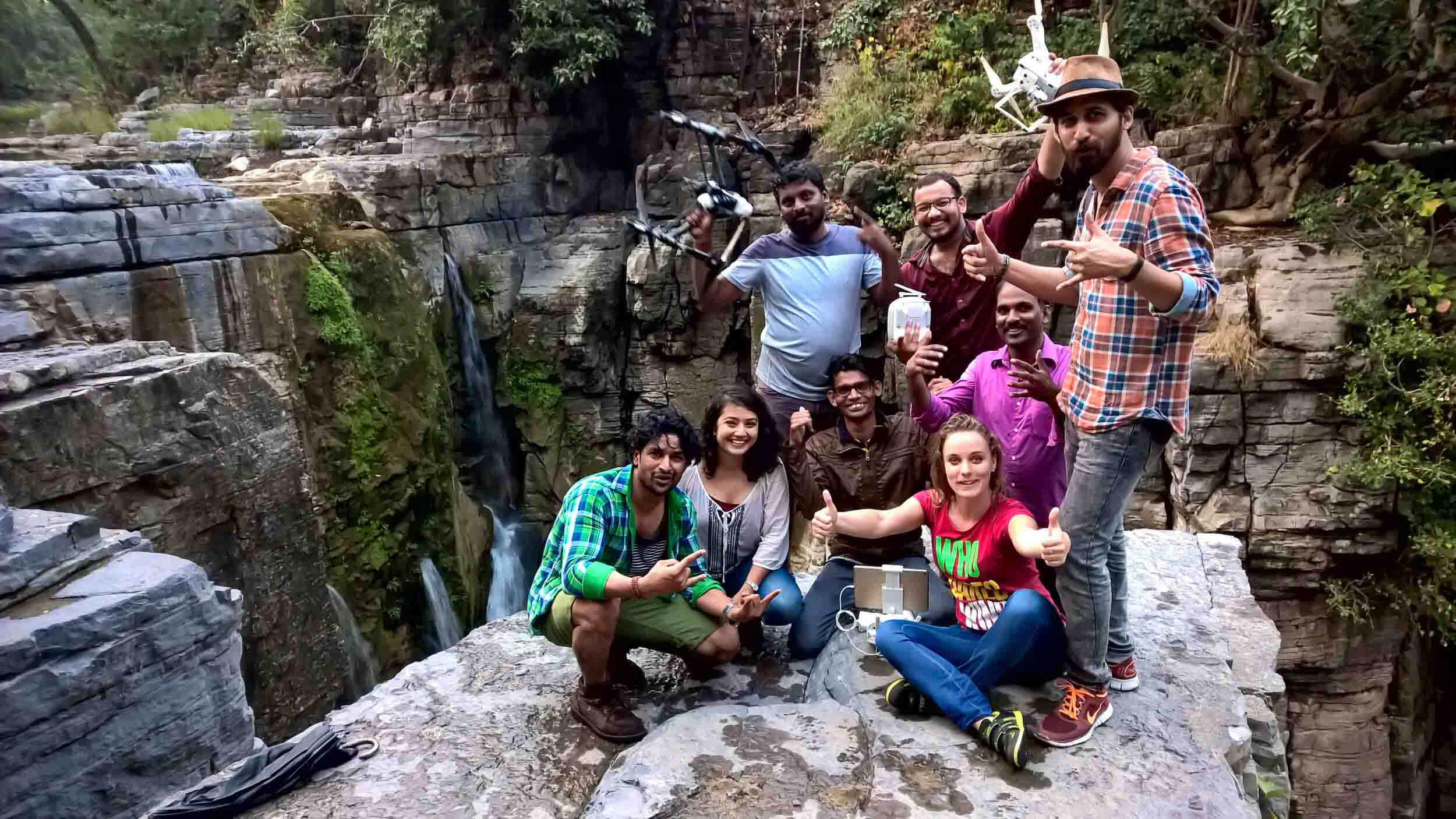
From Indian to Hollywood, without sparing any genre, I watched tonnes and tonnes of movies all through the day. Thanks to the emerging internet era and the ‘Burma Bazaar’ in Chennai, it opened doors giving me access to world cinema and I ended up collecting nearly 700 DVDs of movies (of course, all pirated and downloaded through torrents). Can you imagine, I used to spend 18 hours in a day watching movies and learning about moviemaking by downloading various workshop tools through torrents?
Cut to – 2008, with a decent knowledge I procured in VFX and multimedia, I hopped from Chennai to Mumbai for internship and then back to Hyderabad. It was time for me to build a portfolio and I had two options in front of me. Either work on green mat putting all my VFX skills to use and make a video or just tell a story of my choice. I fell for the latter.
Project I: Moushuni – An Inspiring Village
It was in Chennai that I read an inspiring story on a village near the Sunderbans called Moushuni. To put it in short, the village had zero electricity in the year 2001 and by 2007, it became a self-sufficient village with solar energy. With an unbelievable literacy rate of 98% and advanced agricultural techniques winning the ‘Best Village’ award from the President of India turning out to be an exemplary village for many other villages.
It was not a constant effort from my side to make a documentary on this village, but I wanted to tell their story and let the world know about this beautiful land. I had done a 45 days extensive research about villages with solar power and issues surrounding them. After going through a few hiccups in procuring the resources required, we set out to the Sunderbans to document the film for seven days. I had no clue about any permissions or the uncertainties I would face there as I didn’t do any sort of recce. We now have Google Maps, but back then except a paper map, I had no idea how to even get there. I just wanted to bring out their story and hence went all out.
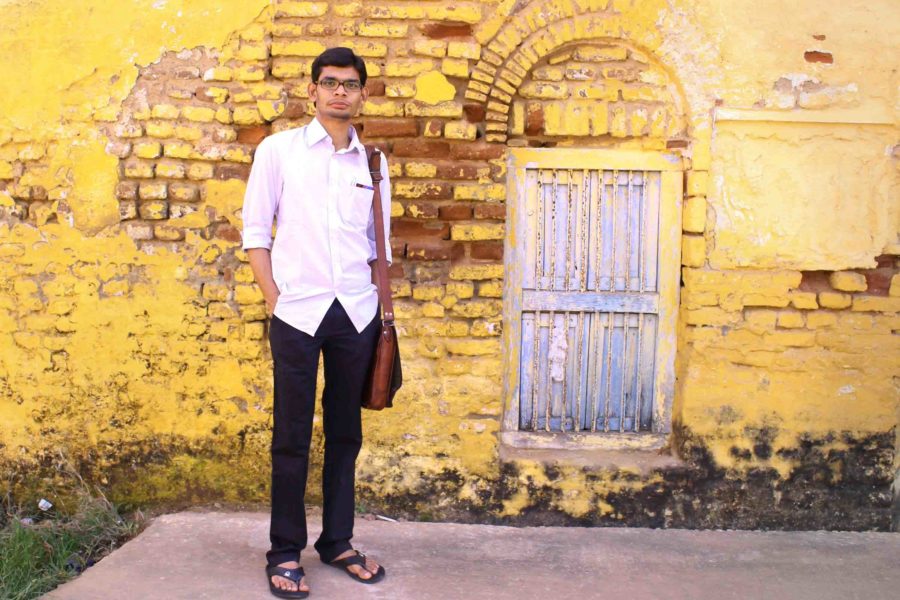
We completed the film and Moushuni – An Inspiring Village, a 3 minutes video was ready by November 2008. I then uploaded it on Orkut and that reached out to people I never expected. One of the places this short docu-film reached was the Pune Film Festival where I had the privilege of meeting one of my favourite Indian documentary maker, Anand Patwardhan. Making it to a film festival itself was a great achievement for me and I was content with it. As the festival was coming to a close, I left the venue to board my bus back to Hyderabad when I received a call saying that my film won an award. My happiness knew no bounds as this gave me some instant bliss and I cancelled my return journey. I collected the award from the organizer’s office the next day. This boost was enough for me to get going and I wasted no time getting started with another project.
Project II: Dreadful Fate
Nalgonda Fluoride Issue – Ever since childhood, understanding social issues were something that always occupied a majority of the space in my head. As I was reading more about the ‘Nalgonda Fluoride Issue’, it was getting scarier. The level of fluoride in their water is 19 ppm against the standard level which is 1 ppm according to WHO and some villages have now migrated out completely. The filming took us nearly 8 months to get done as it was really tough to get the victims (from affected villages) talking.
The beauty of documentary filmmaking is we cannot expect where the characters in a documentary will lead you, for they are not fictional characters but real people like any of us. And to add irony, the villagers whom I wanted to be the subject of my documentary were not willing to talk a bit. When we asked them to open up, they would call their spokesperson, who was probably a political party member having his time in Hyderabad and he would direct them not to utter a word. Some even pelted stones at us, but that didn’t irk us.
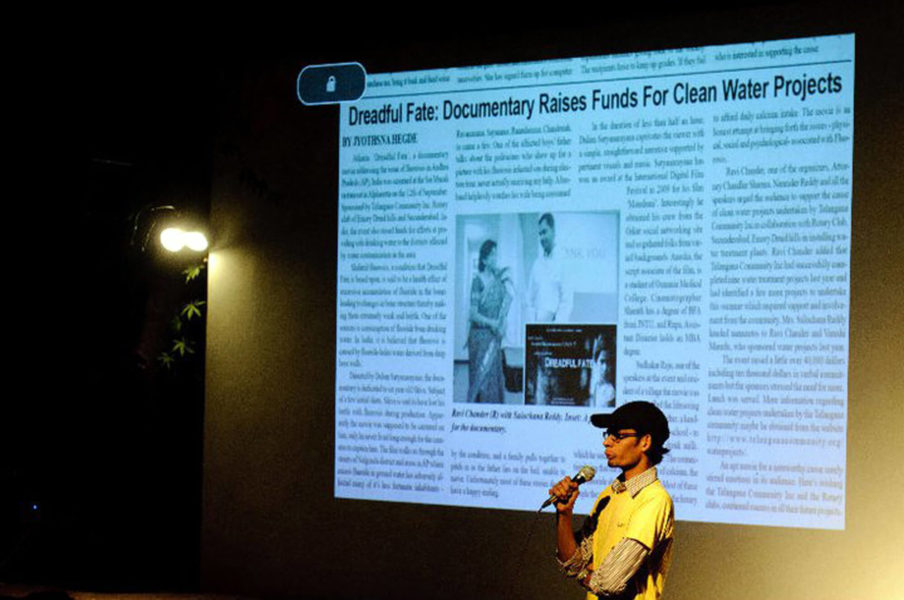
Instead, my heart went out to those innocent people who have been taken for a gruesome ride by everyone possible from politicians to media houses. I felt pity for these innocents, but I never intruded much into their lives when they were not willing. While making a documentary, you first need to get the trust of your characters. Unless you establish that trust, you cannot extract their story naturally. And the situation is so worse that, now the fluorosis has now become a hereditary issue for them. It has entered their lives, their crops, their food bringing down their nutrition levels.
The saddest part is, a majority of these people are below the poverty line. So, I wanted to show this issue from all aspects – geographical, political and scientific. But, the political angle was the worst of all. They have manipulated the people to a very large extent. And this was the reason I initially named the documentary ‘God or Government’ because there seemed no one bothered to address their issue. It’s only during elections, the political leaders would turn up for votes and you very well know the sequence that follows after they are done getting their votes.
After it met with a little political pressure, we changed the name to ‘Dreadful Fate’ and released it. It is one of my most satisfying works and this documentary earned me great recognition among the makers. This was the time the legendary director from Telugu, B Narsing Rao who made Maa Bhoomi, called me up appreciating and also connected me to Shyam Benegal. That was the year Lamakaan was launched and we had screened the documentary there. Anand Patwardhan who was present for the screening liked my work, picked and took it to Mumbai. It was screened at the prestigious Prudhvi Theatre.
At the same time, American Documentary Showcase which is sponsored by American Consulate was in Hyderabad. When enquired about documentary filmmakers, I was the only one present among the lot and they were impressed with my work. They were stunned to learn that I had not gone through any filmmaking course before l made my first two documentaries. Impressed with this, they recommended my name to the US Consulate who in turn sponsored the fellowship for a filmmaking course that I could pursue in the US. Here I took a break for one year and got exposed to many filmmaking techniques and interacted with an amazing mind during my tenure studying filmmaking in the US.
Project III: I Am Satyabhama
Unlike my first two documentaries which were addressing social issues, this time I wanted to venture into a completely different aspect of documentary storytelling. And by then I had been reading about the classical dance form of Kuchipudi. The fascination of how a village name, Kuchipudi turned to a dance form which is now recognized globally was the initial idea I started off with. The idea struck me much before I went to the US and once I was back, I immediately got back on it. Out of the many interesting things I learned in the US about documentary filmmaking, one of it was, a character-driven document is more effective than an essay based film that comprises of many characters. Taking this into consideration, I changed my approach.
After reading and learning about Kuchipudi, one person who grabbed my admiration was the Padma Shri awardee Vendantam Satyanarayana Sarma. For people who are not aware of this amazing person, he is one of the prolific Kuchipudi dancers we have in our country. The fact that makes him even more special is that he is a female impersonator, a tradition that is sadly extinguishing in the country. An introvert and conservative person by nature, Mr Sarma is known for his portrayal of many female characters such as Satyabhama, Sasirekha, Usha and many other female personalities from our epics. His excellence in emoting or expressing through his acts is beyond any measure. Some of the biggest Kuchipudi performers look up to Mr Sarma for the finesse in his dance and expressions. Has played the role of Satyabhama nearly 10,000 times over the last 5 decades.
So, after getting back from the US, we filmed the documentary and this one too was successful across various cities in India. One professor from Cornell University happened to be in Hyderabad when we screened it at the HCU’s SN School in Abids. I travelled with the film for close to 6 months from Chennai to Chicago and Seattle. This was followed by many invitations across the globe which included a Youth Festival in Pakistan and Iran. All this while, as I was lost in running around with my documentaries and making a mark, I barely paid any attention to the formation of the new state of Telangana.
I spent another year in the US studying cinema and then returned to India after the formation of the new state. And the first thing that attracted me was the festival of Bonalu, which the Govt. was taking up quite seriously in order to strengthen the cultural grounds of the newly formed state.
We decided to approach the TS Govt. seeking some support as they were hosting the first festival of the newly formed state. I happened to meet BP Acharya, Principal Secretary of the Tourism and Cultural Dept. and showcased my portfolio. Impressed with my work, he immediately took me on board and requested our team to make a film on Bonalu for the TS Govt. From here onwards, many new projects from the Govt. got added to my list and thus my association with the Tourism and Culture Dept. of Telangana was established. From Mission Bhageeratha, Bathukamma to Haritha Haaram, I along with my team worked on a good number of films for the Govt.
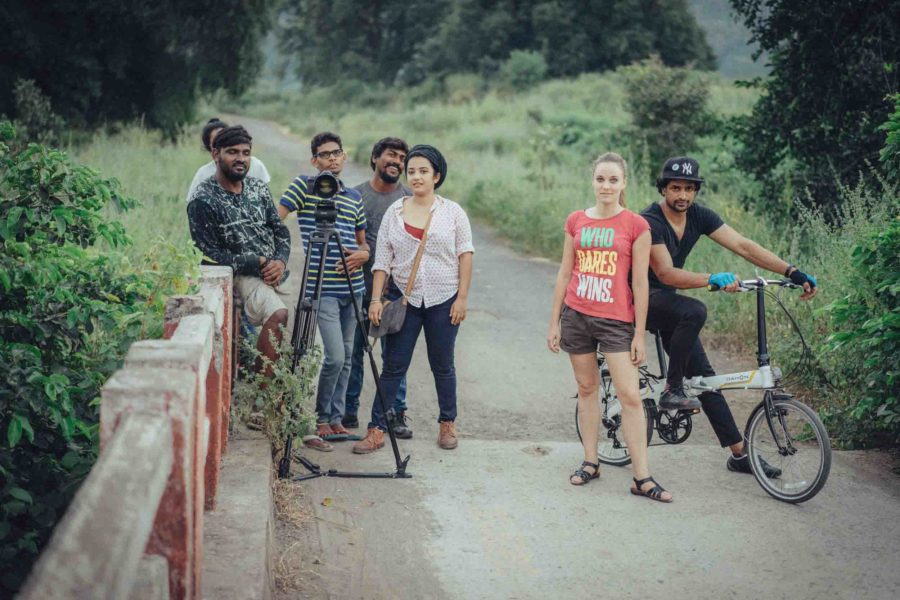
You said that you always liked non-fiction books over fiction. How did you identify this thirst to tell stories in this particular manner? How did you convince yourself, ‘Yes! This is it!’?
Yes, I always loved non-fiction books and drawing myself towards documentaries was a constant effort. It didn’t happen overnight. As an artist, I think one should identify their ‘medium’ to express themselves. Once you identify your ‘medium’, your game is on! A clear-cut path will be defined from there on.
What’s that constant thing that keeps running in your mind and always drives you?
It’s just that raw passion to work and better my game every time. I am a workaholic and I know nothing apart from my work. Initially, it is required for everyone to make an identity and it is important, I agree with that. But, once you establish yourself, you just have to put in your best everytime and the game is only going to get more challenging going forward.
For the common audience like us, could you help us in understanding the difference between ‘Documentary Film Making’ and ‘Feature Film Making’?
On a larger front, both are forms of storytelling. But, if you take a close look, each of them has their own set of rules. While making a documentary, you have to stick to the truth and basic facts. It is unethical to twist the facts and extract drama just because one wants it. Whereas in filmmaking, since it is a fiction, there is no harm in showing just one angle and dramatizing at your convenience. In a documentary, the action is unfolded through real-life characters or people who trust you and this will take a lot of time. While filmmaking is more planned and the outcome is definite.
It is assumed that documentaries are dry and carry fewer emotions. What are your comments on this?
I am sorry to say but I guess probably that’s not correct. In fact, there is a turmoil of emotions that go on in documentaries at times than in filmmaking. During filming ‘Dreadful Fate’, one of the subjects we closely followed was a 6-year-old kid. One fine morning, when we were shooting, the mother walked out with the kid explaining to us her son’s health condition. To our utter shock and tragedy, the kid breathed his last in front of our camera. We were completely shaken seeing it happen in front of our eyes and couldn’t carry on the shoot. It was a tragedy. Later, we dedicated the documentary to that kid. So, you see emotions are quite complex while filming a documentary.
Could you tell us a few personalities who have inspired you or influenced you as a filmmaker?
Oh.. the list is pretty big. Watching world cinema gives you great exposure to different perspectives and innovative techniques of filmmaking. Like in Iranian cinema, even the smallest aspect of our daily life can be made into cinema, which we also do here but they are majorly messed up somewhere. I have developed a great admiration for this particular Turkish director, Nuri Bilge Ceylan and Iranian director, Asghar Farhadi off late. I will be punished if I won’t mention Satyajit Ray, Mani Ratnam and other fantastic Indian classic directors.
How do you measure your level of satisfaction after you complete a particular project?
I am happy that these 10 years I was privileged to meet the people I’ve met so far getting the right exposure. And to be frank I can only tell that all these years, I have only been experimenting and preparing myself for the big game that’s ahead for me. A good filmmaker is one who tells his own stories or stories around him with the cultural influences he had, and I want to be that. Even though I travelled to other places and have been exposed to many aspects outside my reach, coming back to my place and telling my stories will be the ultimate high in life.
So, after foraying for a decade into non-fiction format of storytelling, you will be soon venturing into featuring filmmaking. Tell us more about this first venture of yours.
Yes, the first fiction novel I read was ‘Athadu Adivini Jayinchadu’ by Dr Kesava Reddy and was super impressed with it. There is a subtle underlying philosophy in this book and as a story, it is quite gripping. We are looking to collaborate with production houses from different countries and I am planning to make it on a very large scale. There will be a lot of CGI involved in this. So, yeah, fingers crossed!
A few words of advice or thoughts you want to pass on to the aspiring filmmakers out there.
I’m not sure if I stand in the place to advise people, but I just have a few words to say. One should learn the craft by themselves. Never do something just for the sake of fame or name as the primary agenda. Those will gradually come, but first, do it for yourself! Don’t degrade it by treating it as a part-time thing. Filmmaking is a beautiful language and one of the greatest mediums of art. Just give the due respect the medium deserves, it will definitely reap you wonders and more than anything, great satisfaction in life.
That’s Dulam Satyanarayana for you! And anyone who wants to reach out to him for any suggestions or collaborations, trust me, he is a super cool guy! Just reach out to him with your work and he would be more than happy to talk to you.
